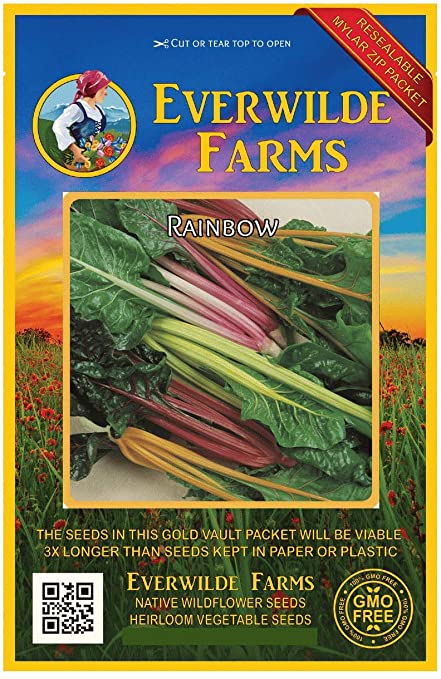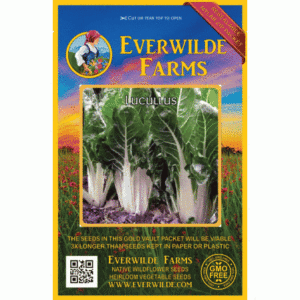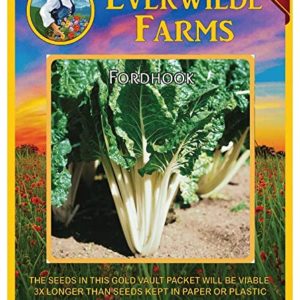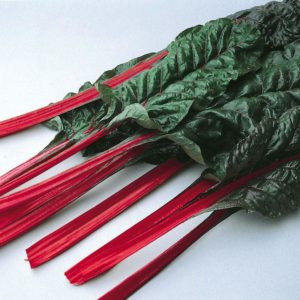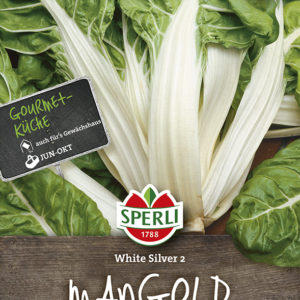سلق ملون
2,000 د.ك
In spite of the name, Swiss chard originates in the Mediterranean region, where professional and home chefs alike use it for salad greens or as a flavoring in soup or rice. The first written mention of this vegetable in the United States is in The American Farmer magazine, where Baltimore farmer Gideon Smith reported his experimental planting. It remained a curiosity until after the Civil War, when gradually it gained in popularity.
Sowing: Direct sow rainbow Swiss chard seeds for planting about a week after the last spring frost, planting it 1/2″ deep in compost-enriched soil in full sun. For harvesting the entire plant, space the plants 4-5″ apart; for continual harvesting of the outer stalks, space the plants 8-10″ apart for larger growth. For a continuous summer crop, plant more Swiss chard every two weeks. Germination should occur in about a week. Swiss chard can survive light frosts, and can be planted as a fall crop.
Growing: Keep the soil evenly moist and weed free with a layer of mulch. Moisture is especially crucial to the seedlings in the first stages of their growth.
Harvesting: Individual leaves can be harvested for greens as soon as they reach a height of 6-8″. The whole plant can be cut at the surface of the soil, but to ensure continued growth and another harvest, leave an an inch of stem. Outer stalks can also be harvested individually, leaving the heart to grow.
Seed Saving: Since Swiss chard is wind pollinated, be sure to separate them from other varieties of chard and beet by at least two miles to preserve genetic purity. Chard plants must weather the winter in order to produce seed; in warmer climates, simply mulch the plants. In cooler climates, dig up the roots and store them in sand, without the roots touching, in a cool and humid location; plant them in early spring. In the spring, the plants will go to seed; wait until the seed heads are fully grown and dry before removing them. Rainbow Swiss chard seeds for planting will readily come off the stems after they are completely dry. Store the seed in a cool, dry place for up to five years.
Latin Name: Beta vulgaris cicla
Type: Open Pollinated, Cool Season
USDA Zones: 3, 4, 5, 6, 7, 8, 9, 10, 11, 12
Seeds per Ounce: 1,300
Planting Method: Direct Sow
Sunlight: Full Sun
Height: 20 Inches
Color: Mixed, White, Pink, Red, Yellow
غير متوفر في المخزون


